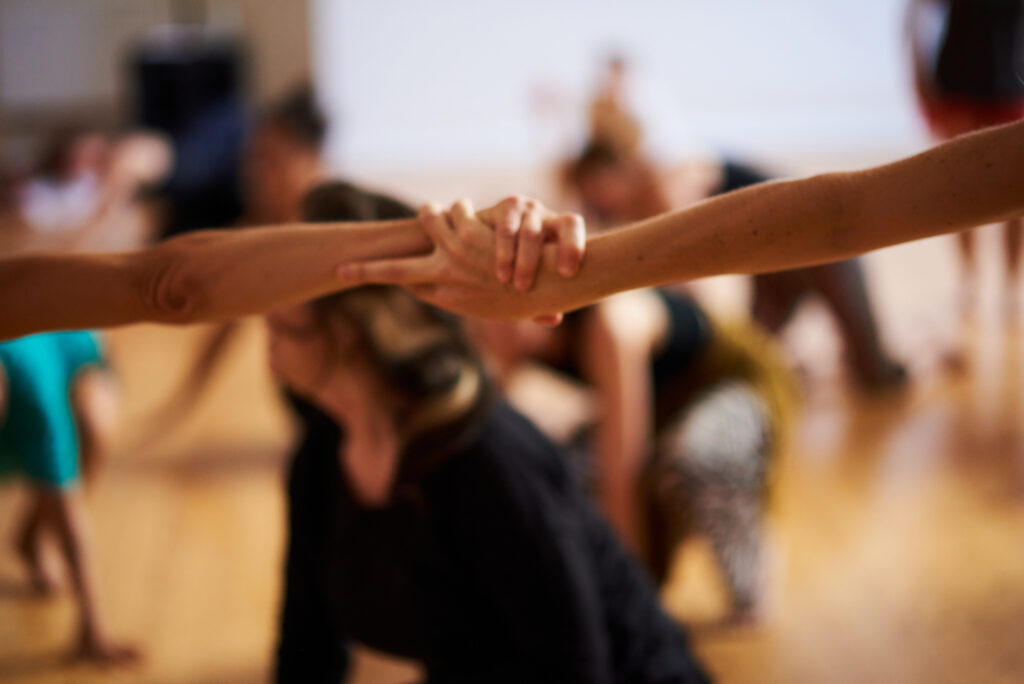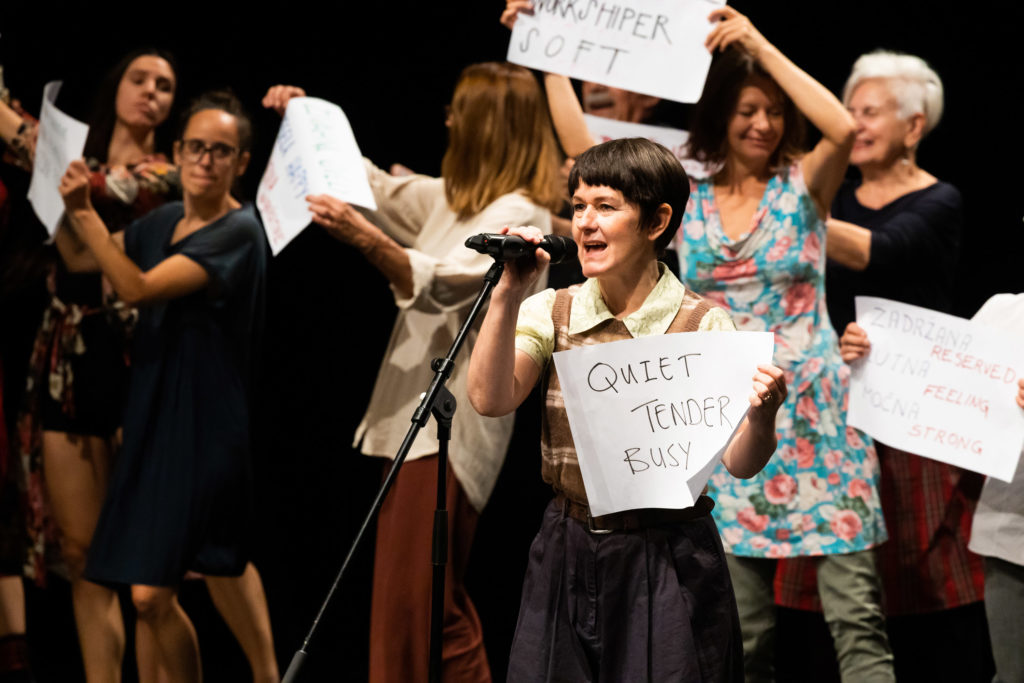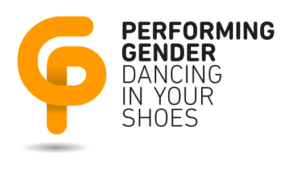Discover the final handbook
The three-year project Performing Gender: Dancing in Your Shoes has reached its conclusion. The final handbook, a testament to the project's innovation and impact, has just been unveiled.

Goals
This handbook serves to disseminate the project's legacy, sharing its unique experiences in terms of methods, tools, challenges, mitigations, and learnings. It has been meticulously crafted by the research team affiliated with the Department of the Arts of Bologna University and its cultural laboratory, DAMSLab, through action research and analysis conducted throughout the project.
Findings
In the document are presented the results of a rigorous qualitative data analysis, focusing on the process implemented. The qualitative data, encompassing learnings and changes, was meticulously collected through participant observation in the initial working session with the project partners, dance makers’ diaries, focus groups, interviews, and participant observation during community dance practices, international residencies, and gatherings of partners, including workshops and festivals. The quantitative data, equally thorough, were gathered, analyzed, and published in the social impact report.
A guide for community - based art projects
This handbook is not just a record of the Performing Gender: Dancing in Your Shoes project, but a practical guide for those embarking on a community-based art project. It offers a comprehensive framework and recommendations for social impact evaluation in the field of performing arts, to both non-experts and experts such as policymakers and cultural sector operators.

The five sections
First > dedicated to introducing the project. In particular, we present the project's aims, actions, and “ecosystem” by giving key highlights about its different actors.
Second > present the theoretical perspectives and key concepts that informed the PG-DIYS project and the research. Finally, we present the research methodology, which is informed by those concepts mentioned above, as well as the steps and tools of the research.
Third > gives an account of the context in which the community dance practices and production were developed and experimented. In particular, we present the key dimensions and questions around which we, as a partnership, reflected regarding the community dance practice planning and examples of practices concerning different steps of artistic engagement.
Fourth > provide a key to understanding the lived experiences of all project actors through an analysis of challenges, learnings, and changes achieved throughout the PG-DIYS project.
Fifth > summarizes key insights, highlights and recommendations for cultural professionals regarding planning and implementing community dance practices. It also presents final key policy recommendations for policymakers and art funders concerning evaluating the social impacts of the arts.

Final recommendations
The key policy recommendations have been developed departing from the data analysis conducted by the research team and reworked by the British Council in order to identify five main recommendations during the final PG-DIYS Summit in Brussels (November 2023). These recommendations are the result of the expertise developed by the consortium partners through almost 10 years of previous Performing Gender editions, including a deep understanding of questions around gender and sexual identity.

